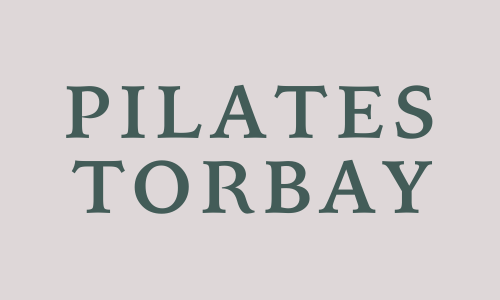Pilates
What is Pilates
Pilates is a great exercise system for our everyday life in the 21st century. It is a remedy to our modern lifestyle which for many people can include long periods sitting at a desk or a computer, hours of driving, lifting heavy objects/bags. This exercise system can teach you to have the best body that you can achieve.
The message is it is about quality, not quantity.
It is more than just being about the “core”. Pilates is an exercise system that focuses on stretching and strengthening the whole body to improve balance, muscle strength, flexibility, and posture. It requires mental focus, connects the mind and body to perform the exercises correctly and helps you move correctly in everyday life.
The principles and basic concept used in the practice of Pilates are:
- Concentration
- Breathing
- Centring
- Quality
- Flowing movements
- Control
- Awareness
- Stamina
- Relaxation
Benefits of Pilates include:
- Relieve stress and tension
- Reduce aches and pains
- Improve posture
- Improve core strength, muscle tone, flexibility, mobility
- Encourages body awareness
- Body alignment
- Better balance
- Improve coordination
It is a low impact form of exercise that helps to mobilise the body, lengthen the spine, realigning the body, giving postural and body awareness and a sense of wellbeing. Your posture in your everyday life will improve as your core strengthens and you become more aware of your own body and posture. You will sit correctly, stand straight and hold your upper body correctly and move more gracefully.
Joseph Pilates
We are fortunate that Joseph Pilates left a huge legacy of work.
Joseph Pilates was born in Germany in 1880, suffered from a number of childhood illnesses including asthma, rickets and rheumatic fever. Doctors warned his parents that he would probably have a short life expectancy. Even from a young age he had great determination to overcome his health problems and studied many different health and fitness approaches. By the age of 14, he was fit enough to pose for anatomical charts. Joseph Pilates came to believe that the modern life-style, bad posture, and inefficient breathing lay at the roots of poor health. He became an accomplished body builder, diver, skier and gymnast. He moved to England at the age of 32 and used his skills as a professional boxer to teach self-defence to the police and army.
When the First World War broke out, Joseph was interned by the British authorities in a camp, and during that time he continued developing his interest in health and fitness. While he was at the camp he trained other interns and assisted them to rehabilitation boasting that his students would emerge stronger than they were before their internment. He studied yoga and the movements of animals. During this time he began to develop his concept of comprehensive exercises which he named “Contrology”. He trained his fellow inmates in fitness and exercises. It is said that these inmates survived the 1918 flu pandemic due to their good physical shape.
Joseph Pilates observed that where there was a weak or misaligned area in the body a person tended to over compensate or over develop another area. Therefore it was critical not only to correct the misalignment but also to re-educate the body so that the injuries did not repeat themselves. He also believed that true well-being could be achieved through physical fitness and positive mental attitude.
In the 1920’s Joseph Pilates migrated to the United States of America, and on the journey over he met his future wife Clara. In 1926 they set up a studio in New York where he taught his method of exercise which he called Contrology. He was particularly popular with dancers, gymnasts and atheletes who realised the benefits of his programme of mental and physical conditioning. In 1945 Joseph Pilates published his first book “Return to life through Contrology”
The original name of his unique method was changed from Contrology to Pilates after his death in 1967.
